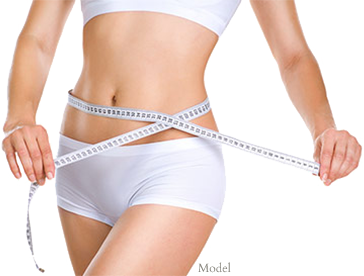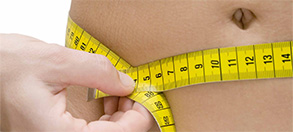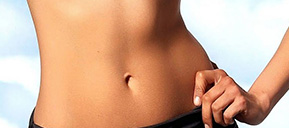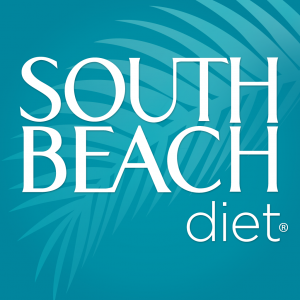
Read more about the pros and cons of the South Beach Diet, and feel free to contact Houston Weight Loss & Lipo Centers for more information.
About the South Beach Diet
The main premise of the South Beach Diet is that carbs and fats can either be categorized as “good” or “bad.” Patients should eat more good carbs and fats, but avoid the bad carbs and fats.
Bad carbs are considered carbs that are high on the glycemic index, a ranking of how carb consumption will affect blood sugar. Carbs high on the glycemic index will cause blood sugar to drop, resulting in “crashes.” Carbs low on the glycemic index keep blood sugar steady and will help patients feel fuller longer.
Bad fats include the unhealthy saturated and trans fats. Instead, the South Beach diet urges people to choose healthier fats, including olive oil, coconut oil, and avocado.
Similar to the Atkins Diet, the South Beach Diet consists of a series of phases. In the South Beach Diet, there are three phases. However, patients who wish to lose ten pounds or less can start directly with phase two.
- The first phase lasts two weeks. It is the most restrictive, but intends to stabilize blood sugar and thereby reduce cravings. During this time, patients should eat lots of lean protein, vegetables, beans, eggs, low-fat dairy, and up to two tablespoons of healthy fats. Patients will not be allowed to eat sugary food, fruit, fruit juice, starches, grains, or alcohol.
- The second phase is when patients will begin to introduce healthy, or “good” carbs back into their diet. Good carbs include whole-grain bread, whole-wheat pasta, and brown rice. Patients will also be instructed to begin eating three servings of fruit a day. If the patient wishes, they may have a glass of red or white wine. This phase is designed to lead the patient to their weight loss goal.
- The final phase is less of a phase and more like a lifestyle of continued healthy eating in order to maintain weight loss results. No food is off-limits. However, patients should use the skills they picked up during phase one and phase two in order to guide their day-to-day eating habits. They should consume no more than two tablespoons of good fats per day.
South Beach Diet Meals
Unlike the Atkins Diet, which allows patients to eat whatever protein they like, the South Beach Diet recommends only lean proteins. These include chicken, fish, and turkey. Patients are instructed to avoid fatty meats like beef, ham, and duck. Also in opposition to the Atkins Diet, the South Beach Diet recommends eating low-fat dairy, such as cheese and milk.
Patients are instructed to avoid starches, grains, and fruits for the first phase of the South Beach Diet. However, after two weeks, patients can begin incorporating some of these items back into their meal plan. They may eat fruit and whole-grain, whole-wheat, or brown carbs.
Here is an example of three daily meals and two snack that would be considered healthy under the South Beach Diet approach. This diet recommends snacking twice daily, especially during phase one, to fend off any cravings.
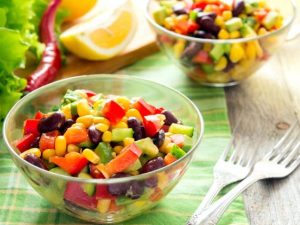
Lunch: Lentil soup and a side of lean protein.
Dinner: Grilled fish with brussel sprouts and asparagus.
Phase 1 Snack: Fat free Greek yogurt.
Phase 2 Snack: Cheese with a fruit salad.
Good Candidates
The South Beach Diet is a flexible diet plan, which means that it can be a successful diet for many people trying to lose weight or simply eat healthier. Vegetarians will have an easier time following the South Beach Diet plan than the Atkins Diet. Nonetheless, patients should be sure to speak with a healthcare professional before undergoing any weight loss plan. Our team at Houston Weight Loss & Lipo Centers in Houston and Katy, TX is dedicated to helping patients achieve their health and weight loss goals.
